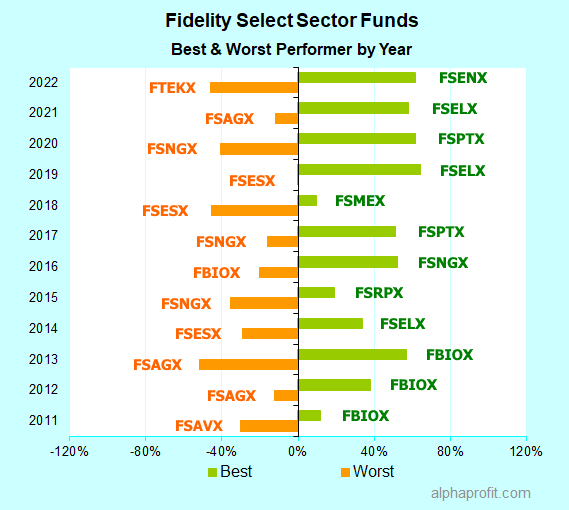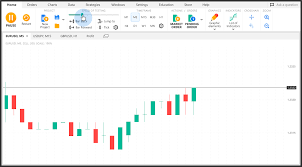
First, you need to know how to identify the tick size in order to trade Forex markets. You can interpret the small price rise in many different ways. The most common interpretation is one tick. Tick sizes can differ from one currency to the next depending on what type of quote is being viewed. Below are some tips and tricks to identify ticks. MetaTrader 4 also identifies ticks, so you can trade in the markets without worrying if you have the wrong tick.
Identifying ticks
To treat ticks quickly and effectively, it is essential to determine the size of each tick. Ticks are small insects belonging to the Acari family. There are more than 85 species of ticks worldwide, with 90 being found in the United States. Because of their size, identifying ticks to species level is nearly impossible without the help of an entomologist. This article will provide some tips and tricks for identifying ticks that you may have encountered recently while out in the wild.

Identifying tick species
Before you can identify any ticks, you must first know what type it is. Adult ticks are different from their nymphal cousins in several ways. These include their size and color patterns. Although ticks are larger than most other insects, they are still smaller than poppy seeds. They also have dorsal shields that protect their backs. These features are useful for identifying the species in the lab and by trained eyes. It is important to determine the size of a tick species because there are so many different kinds.
Identifying tick value
Identifying ticks can be a challenging task. Most of these creatures are tiny, with long, outstretched legs that are meant to grasp on to a host. This guide contains information about common and uncommon ticks. It also explains their life cycle and how to identify them. You can also use an online map to identify ticks. To find out if you are being bitten by ticks, contact the Oregon State University county extension office.
Identifying ticks in MetaTrader 4
To create trading programs in MQL4, you need to learn about ticks and how they work. You may have seen tick charts before but not really understood their purpose or how they work in MetaTrader. Simply put, a tick refers to an update in the security's price or any event that changes its price. MetaTrader's server sends a notification each time the security's price changes to your client.

Calculating tick sizes
Perhaps you have heard the term tick size before. But what does it actually mean? A tick is simply the smallest increment of a price. This value can vary between instruments but the principle is the same. Tick sizes are used to determine an acceptable number for an instrument. When trading, it's essential to understand how tick sizes are calculated. These are just a few ways to determine your tick size.
FAQ
What is a bond and how do you define it?
A bond agreement between two parties where money changes hands for goods and services. It is also known to be a contract.
A bond is usually written on a piece of paper and signed by both sides. This document contains information such as date, amount owed and interest rate.
The bond can be used when there are risks, such if a company fails or someone violates a promise.
Bonds are often used together with other types of loans, such as mortgages. This means the borrower must repay the loan as well as any interest.
Bonds are used to raise capital for large-scale projects like hospitals, bridges, roads, etc.
A bond becomes due when it matures. That means the owner of the bond gets paid back the principal sum plus any interest.
If a bond isn't paid back, the lender will lose its money.
How can people lose their money in the stock exchange?
The stock exchange is not a place you can make money selling high and buying cheap. It's a place you lose money by buying and selling high.
The stock market is for those who are willing to take chances. They want to buy stocks at prices they think are too low and sell them when they think they are too high.
They hope to gain from the ups and downs of the market. They might lose everything if they don’t pay attention.
Who can trade in stock markets?
The answer is yes. All people are not equal in this universe. Some people have better skills or knowledge than others. They should be rewarded for what they do.
Trading stocks is not easy. There are many other factors that influence whether you succeed or fail. You won't be able make any decisions based upon financial reports if you don’t know how to read them.
You need to know how to read these reports. You need to know what each number means. You should be able understand and interpret each number correctly.
Doing this will help you spot patterns and trends in the data. This will enable you to make informed decisions about when to purchase and sell shares.
This could lead to you becoming wealthy if you're fortunate enough.
How does the stockmarket work?
Shares of stock are a way to acquire ownership rights. A shareholder has certain rights. He/she is able to vote on major policy and resolutions. He/she may demand damages compensation from the company. He/she can also sue the firm for breach of contract.
A company cannot issue more shares that its total assets minus liabilities. This is called capital adequacy.
A company that has a high capital ratio is considered safe. Companies with low ratios are risky investments.
What is the difference in a broker and financial advisor?
Brokers help individuals and businesses purchase and sell securities. They take care of all the paperwork involved in the transaction.
Financial advisors are specialists in personal finance. They use their expertise to help clients plan for retirement, prepare for emergencies, and achieve financial goals.
Financial advisors can be employed by banks, financial companies, and other institutions. They could also work for an independent fee-only professional.
You should take classes in marketing, finance, and accounting if you are interested in a career in financial services. It is also important to understand the various types of investments that are available.
Statistics
- Individuals with very limited financial experience are either terrified by horror stories of average investors losing 50% of their portfolio value or are beguiled by "hot tips" that bear the promise of huge rewards but seldom pay off. (investopedia.com)
- For instance, an individual or entity that owns 100,000 shares of a company with one million outstanding shares would have a 10% ownership stake. (investopedia.com)
- Even if you find talent for trading stocks, allocating more than 10% of your portfolio to an individual stock can expose your savings to too much volatility. (nerdwallet.com)
- Ratchet down that 10% if you don't yet have a healthy emergency fund and 10% to 15% of your income funneled into a retirement savings account. (nerdwallet.com)
External Links
How To
How to open an account for trading
The first step is to open a brokerage account. There are many brokerage firms out there that offer different services. Some have fees, others do not. Etrade is the most well-known brokerage.
Once your account has been opened, you will need to choose which type of account to open. Choose one of the following options:
-
Individual Retirement accounts (IRAs)
-
Roth Individual Retirement Accounts
-
401(k)s
-
403(b)s
-
SIMPLE IRAs
-
SEP IRAs
-
SIMPLE 401(k)s
Each option has different benefits. IRA accounts have tax advantages but require more paperwork than other options. Roth IRAs give investors the ability to deduct contributions from taxable income, but they cannot be used for withdrawals. SIMPLE IRAs are similar to SEP IRAs except that they can be funded with matching funds from employers. SIMPLE IRAs can be set up in minutes. They allow employees to contribute pre-tax dollars and receive matching contributions from employers.
The final step is to decide how much money you wish to invest. This is your initial deposit. A majority of brokers will offer you a range depending on the return you desire. You might receive $5,000-$10,000 depending upon your return rate. The lower end of this range represents a conservative approach, and the upper end represents a risky approach.
Once you have decided on the type account you want, it is time to decide how much you want to invest. You must invest a minimum amount with each broker. The minimum amounts you must invest vary among brokers. Make sure to check with each broker.
You must decide what type of account you want and how much you want to invest. Next, you need to select a broker. Before selecting a brokerage, you need to consider the following.
-
Fees: Make sure your fees are clear and fair. Brokers often try to conceal fees by offering rebates and free trades. Some brokers will increase their fees once you have made your first trade. Avoid any broker that tries to get you to pay extra fees.
-
Customer service - Look for customer service representatives who are knowledgeable about their products and can quickly answer questions.
-
Security - Look for a broker who offers security features like multi-signature technology or two-factor authentication.
-
Mobile apps - Find out if your broker offers mobile apps to allow you to view your portfolio anywhere, anytime from your smartphone.
-
Social media presence – Find out if your broker is active on social media. It might be time for them to leave if they don't.
-
Technology - Does the broker use cutting-edge technology? Is the trading platform easy to use? Are there any problems with the trading platform?
After choosing a broker you will need to sign up for an Account. Some brokers offer free trials while others require you to pay a fee. Once you sign up, confirm your email address, telephone number, and password. Then, you'll be asked to provide personal information such as your name, date of birth, and social security number. Finally, you will need to prove that you are who you say they are.
After you have been verified, you will start receiving emails from your brokerage firm. It's important to read these emails carefully because they contain important information about your account. This will include information such as which assets can be bought and sold, what types of transactions are available and the associated fees. You should also keep track of any special promotions sent out by your broker. You might be eligible for contests, referral bonuses, or even free trades.
The next step is to create an online bank account. Opening an online account is usually done through a third-party website like TradeStation or Interactive Brokers. Both of these websites are great for beginners. You'll need to fill out your name, address, phone number and email address when opening an account. After you submit this information, you will receive an activation code. You can use this code to log on to your account, and complete the process.
Now that you have an account, you can begin investing.